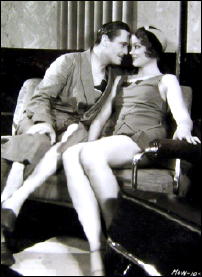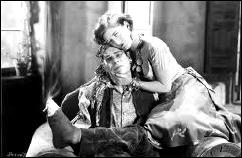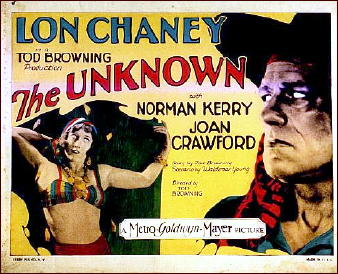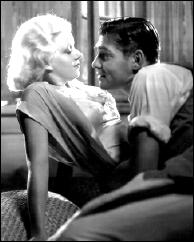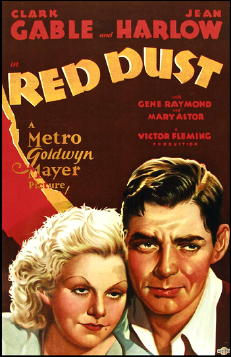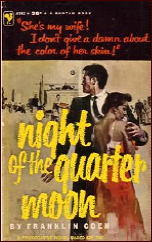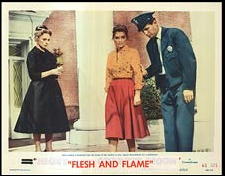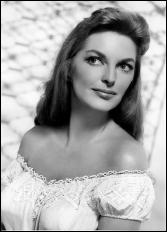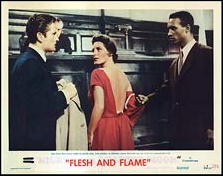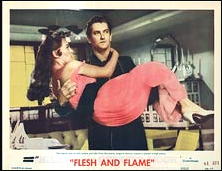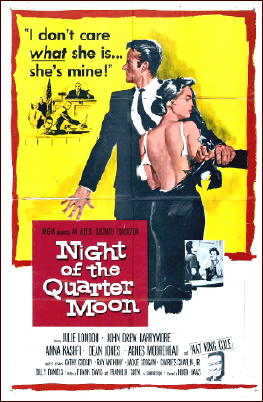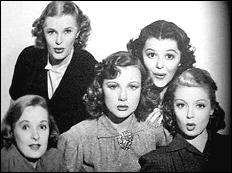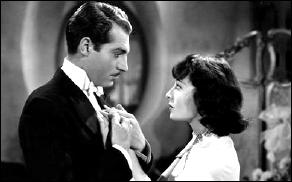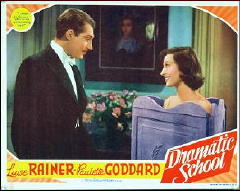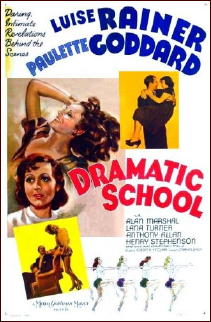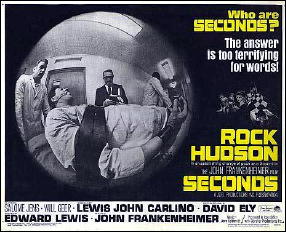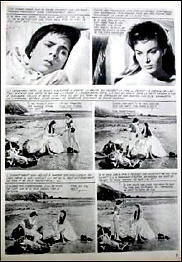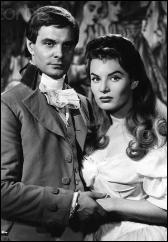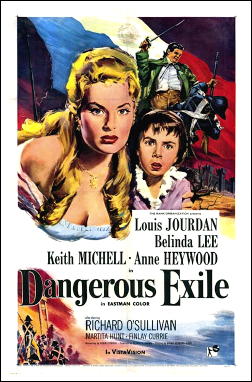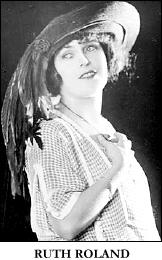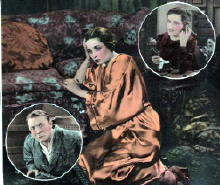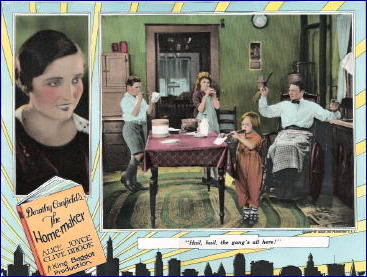Wed 14 Dec 2011
A Movie Review by Walter Albert: EAST LYNNE (1931).
Posted by Steve under Films: Drama/Romance , Reviews[5] Comments
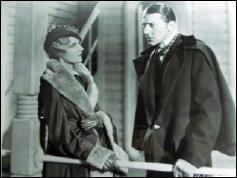
EAST LYNNE. Fox, 1931. Ann Harding, Conrad Nagel, Cecilia Loftus, Clive Brook, O. P. Heggie, Eric Mayne, Beryl Mercer, Flora Shefffield, David Torrence. Based on the play by Mary Elizabeth Braddon, and the novel by Mrs. Henry Wood. Art director: Joseph Urban; cinematographer: John F. Seitz. Director: Frank Lloyd. Shown at Cinecon 39, Hollywood CA, Aug-Sept 2003.
A fairly sizable portion of the audience decamped after the McCarthy interview, but memories of an enjoyable silent version of East Lynne starring Theda Bara (1916) kept me in my seat for this sound remake.
The play on which both films were based was one of the most popular of Victorian melodramas. Ann Harding, as Lady Isabella, a London socialite, marries Nagel, a country solicitor.
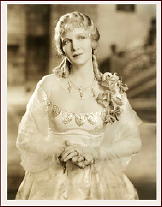
When they arrive at Nagel’s estate, Harding finds the household managed by his sister Cornelia (chillingly played by Cecilia Loftus) and even after the birth of a daughter, the power still resides in the sister, with Harding an uncomfortable and unaccepted subordinate.
The arrival of an old friend (and former suitor) of Harding leads to her first display of opposition, an ill-advised move that results in her being sent from the house by her husband and eventually becoming the mistress of the former suitor (Clive Brook), with a life that spirals down into poverty.
The climax pulls out all the dramatic stops (blindness, a possibility fatally ill child, vindication, penance and death). I will discretely lower the curtain on the specific plot details.
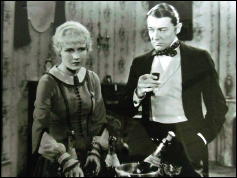
Brook as the cad and Loftus as the possessive, vindictive sister gave performances that brought the film to intermittent life. Nagel’s profile was prominently featured.
I’ve always found Harding to be a very controlled actress who didn’t inspire much feeling in me about her performances. That probably worked to the film’s advantage since it reined in some of the excesses of the plot.
The film was handsomely staged (Joseph Urban was a notable production designer) and photographed. I still prefer the Bara version, but Victorian melodrama isn’t far from modern soapers, and a classy rendition still had the power to engage the sensibilities of at least some members of the audience.
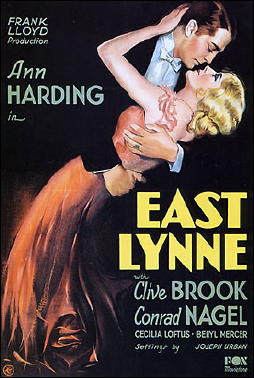
Editorial Comment: This movie version of East Lynne was nominated for an Oscar as Best Picture of the Year.
